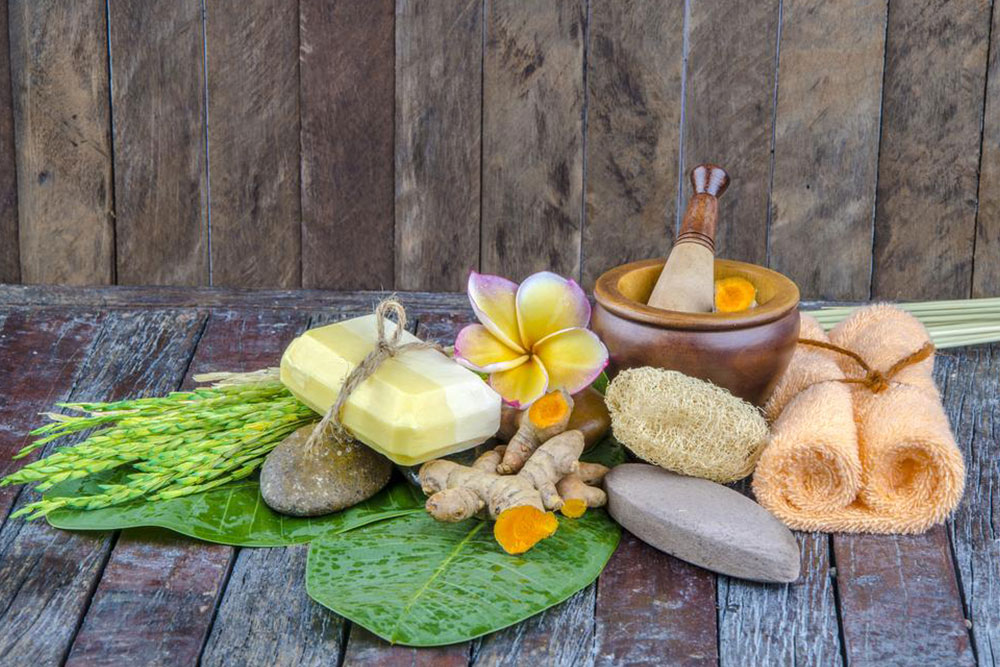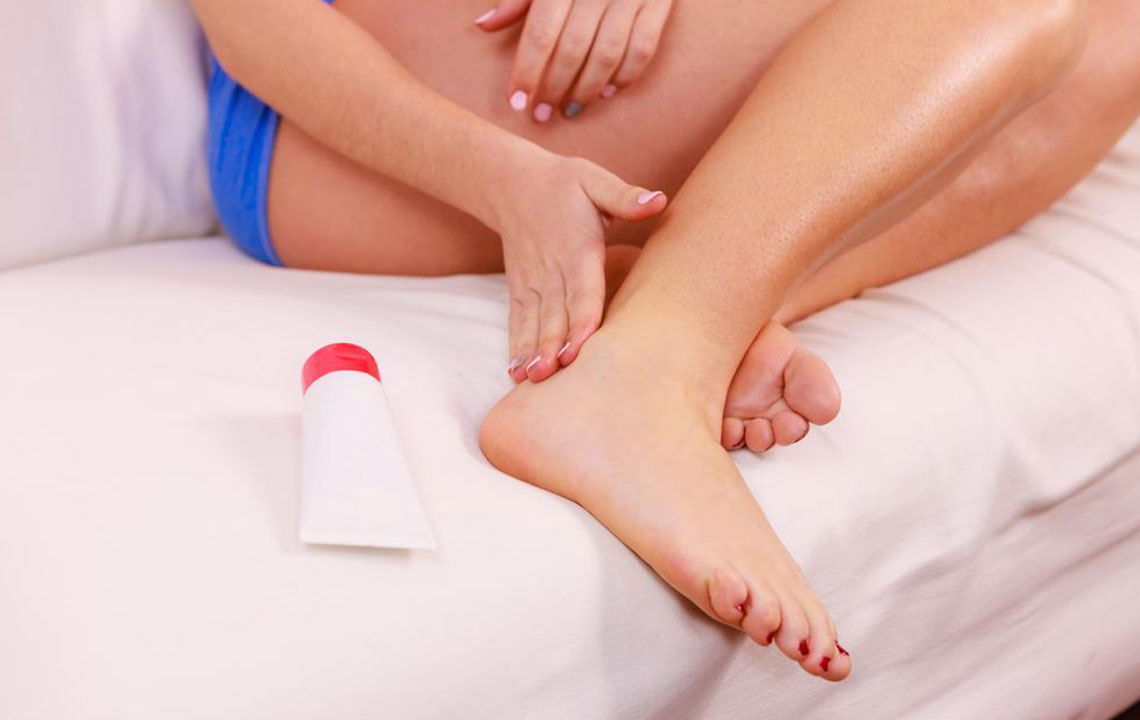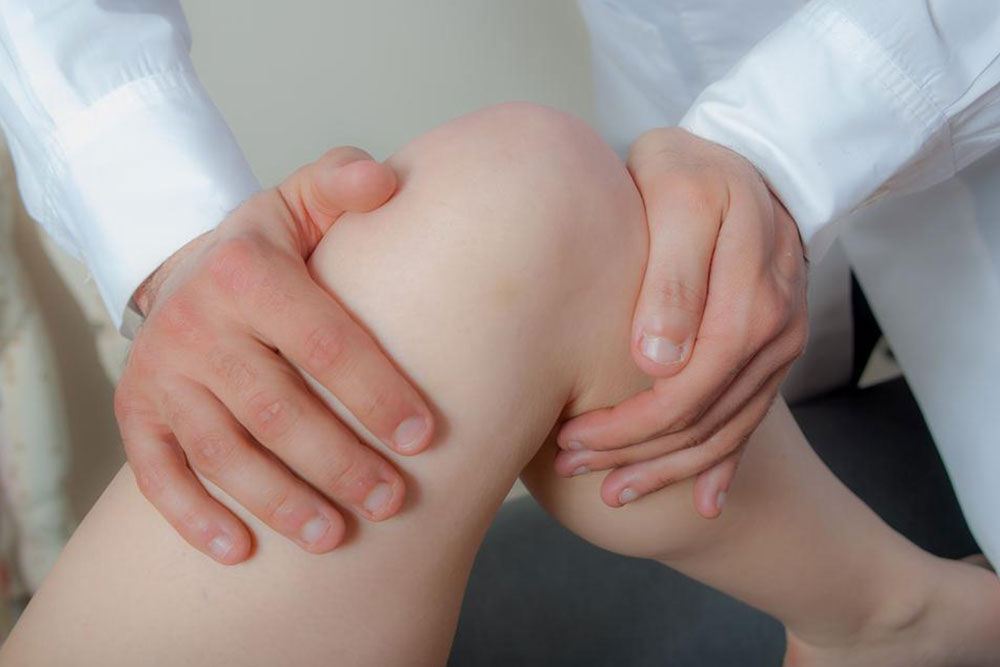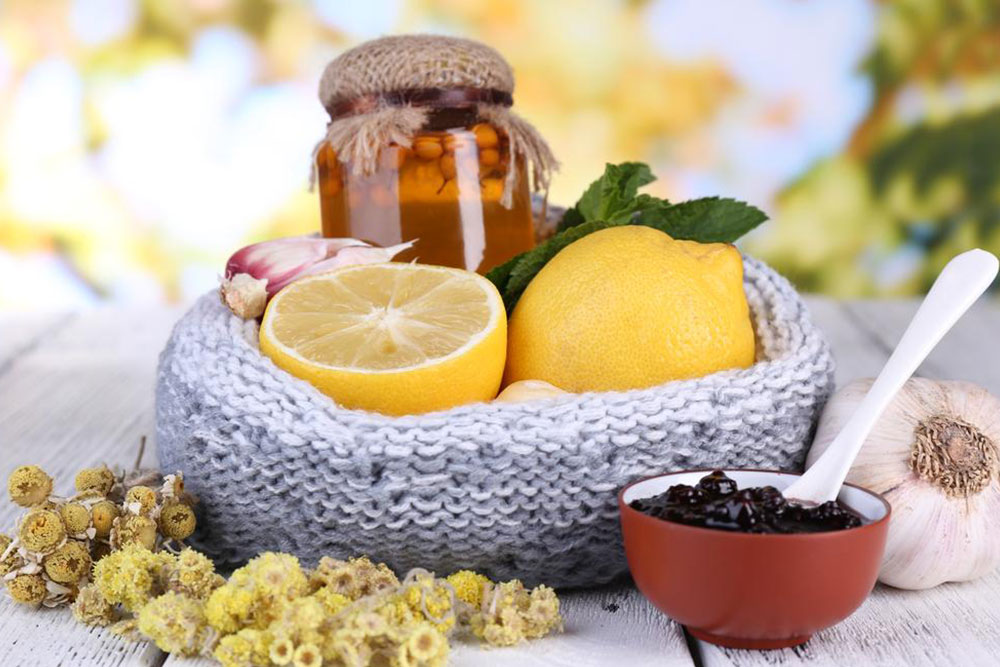Comprehensive Home Remedies to Minimize Easy Bruising and Promote Faster Healing
Discover effective home remedies for reducing easy bruising, including compression, ice therapy, and vitamin K creams. Learn how to manage bruises naturally and support your body's healing process. These tips help minimize discomfort and promote faster recovery after injuries, while highlighting when to seek medical advice for persistent or unexplained bruising. A comprehensive guide suitable for everyone wanting to decrease bruising visibility and speed up healing at home.

Comprehensive Home Remedies to Minimize Easy Bruising and Promote Faster Healing
Bruising, also known as contusion, occurs when small blood vessels beneath the skin rupture due to injury, resulting in blood leakage into surrounding tissues. This causes visible discoloration, swelling, and tenderness in the affected area. While bruising is a common response to impact injuries, some individuals tend to bruise more easily than others, often because of factors such as aging, fragile skin, or underlying health conditions. Recognizing effective home remedies can significantly aid in managing bruising, reducing discomfort, and encouraging quicker recovery.
In this comprehensive guide, we explore several natural, accessible remedies that can help alleviate the effects of bruising. Whether you often experience bruising or are recovering from an injury, these tips can support your healing process and help prevent future occurrences.
Applying Compression to the Affected Area
One of the earliest and most effective methods to manage bruising is applying external pressure. Using an elastic bandage or compression wrap can help control bleeding beneath the skin by restricting blood flow and preventing further blood vessel rupture. Compression also diminishes swelling and alleviates pain, promoting a faster healing environment. When applying compression, ensure the bandage is snug but not too tight, to avoid restricting circulation. Elevating the affected limb above heart level during compression can further reduce blood flow to the area and decrease swelling. This method is particularly useful in the first 24-48 hours after injury to limit hematoma formation and facilitate healing.
Ice Therapy for Rapid Relief
Cold therapy is a cornerstone in treating bruises and injuries. Applying an ice pack or cold compress to the affected site causes vasoconstriction — the narrowing of blood vessels — which slows blood flow and reduces bleeding, swelling, and pain. Wrap ice or a cold pack in a thin cloth or towel to prevent frostbite, and apply it to the bruise for about 10 minutes. Allow a 10-15 minute break before reapplying, and repeat several times during the first 24-48 hours after injury. Cold therapy is most effective within the initial stages of trauma, helping to minimize discoloration and discomfort.
Topical Vitamin K Cream for Blood Vessel Support
Vitamin K plays a vital role in blood clotting and maintaining healthy blood vessels. Applying vitamin K-rich creams or gels directly onto bruises can help strengthen capillary walls and promote faster clotting, thereby reducing the severity and duration of bruising. Consistent topical application may also prevent the formation of large hematomas. For severe, persistent, or frequently recurring bruises, consulting with a healthcare professional is advised. They may recommend topical or oral vitamin K supplements, especially if bleeding tendencies are suspected.
While these natural remedies can significantly support healing, it’s important to monitor the healing process. If bruising persists beyond two weeks, worsens, or appears without any apparent injury, seek medical advice. Unexplained or persistent bruising can sometimes be a sign of underlying conditions such as clotting disorders, liver disease, or other health issues like hemophilia, which require professional diagnosis and treatment.
In addition to these remedies, maintaining a healthy diet rich in vitamin C and K, staying well-hydrated, and avoiding medications that thin the blood (unless prescribed) can further support vascular health. Lifestyle adjustments, such as protecting vulnerable skin areas and managing age-related skin fragility, also play crucial roles in minimizing bruise occurrence.
Implementing these home remedies not only helps in the immediate aftermath of impact injuries but also contributes to overall skin and vascular health, reducing the likelihood of frequent bruising and ensuring a quicker, less painful recovery process.




